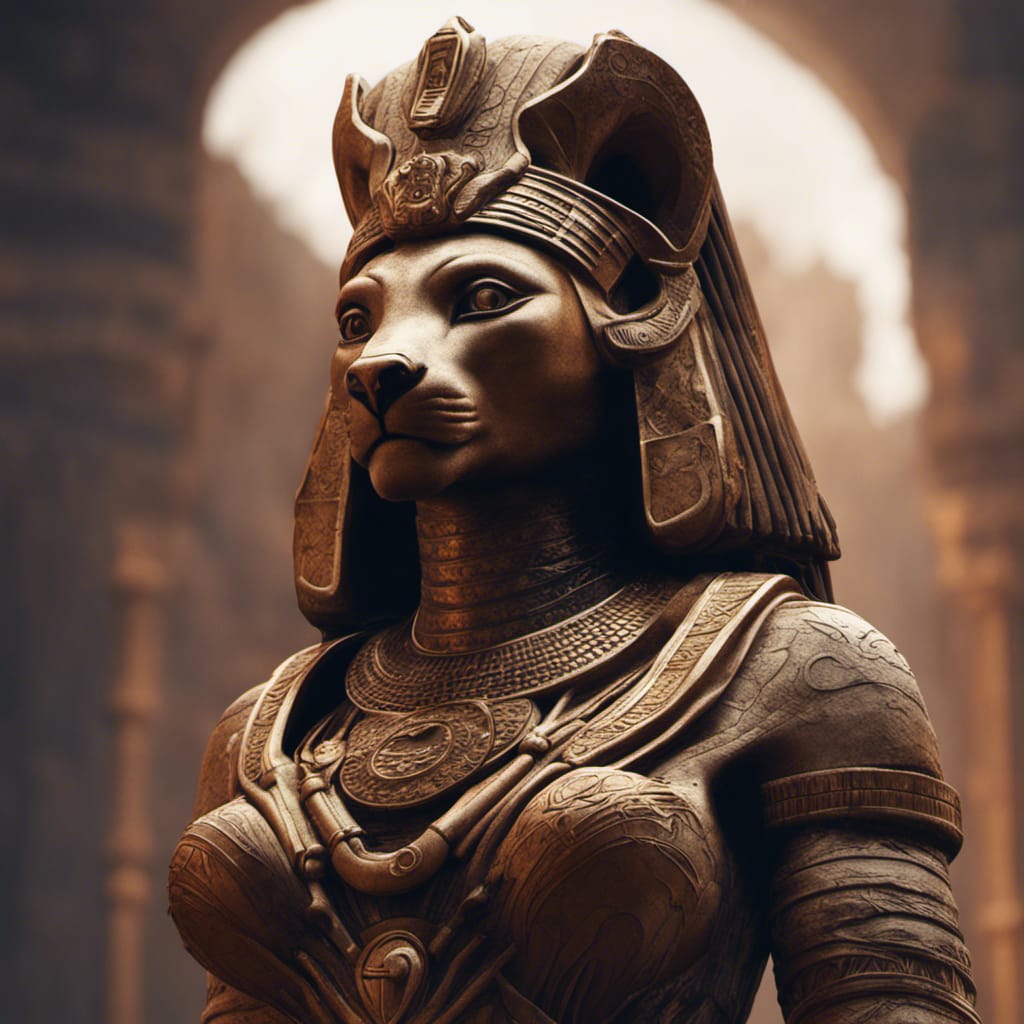THE JOURNAL OF THE EAST AFRICA AND UGANDA NATURAL HISTORY SOCIETY, August 1926, No. 26, Dr. V. G. L. Van Someren, Editor
Many of the sequential editions of this journal are full of butterfly research. Quit luckily, I dug and dug and dug through all of that and happened across this truly interesting treatise that claims that the Masssai tribe of Central Africa is a lost tribe of Semites, and that their religion borrows quit heavily from that of ancient Egypt.
The text is one more example of the association of Hathor with Sekhmet.
Following is a direct quote of the book:
CHAPTER 5: RELIGIOUS BELIEFS AND CUSTOMS, ETC., OF VARIOUS CENTRAL AFRICAN TRIBES.

Plate C shows the soul-bird as worn on the head of the goddess Isis. This soul-bird, when depicted on the heads of the female deities, was represented by a vulture. The large wig of the Pharaohs was further a conventionalized form of this same bird head-dress of the deities, Plate C. The most perfect picture of this ancient Egyptian bird-wig is the coiffure of the Maasai, and is worn in varying forms by the Nandi and other Nilotic tribes. In some cases an actual wig is worn, which is put on for special occasions. Plate C illustrates this Maasai head-dress. This illustration will best show how faithfully the traditions of this wig of the Egyptian deities have come down through the ages. The head, the protecting wings, the tail, are all still there to-day, and the style of plaiting is identical too with that often found on ancient Egyptian statuary. But perhaps even more interesting is the Maasai warriors headdress Plate B (The header photo above). The origin of this headdress is best explained by the plate. It is nothing else than the fringe of mane worn round the face of the Egyptian lion-headed goddess of war, Sekhmet, who was identified with Hathor and also with the Canaanitish Ashtart, and as we see this head-dress in the same plate, repeated again in the Sphinx statue from Tanis of the Egyptian warrior king. On the picture of Sekhmet it will be noted that this fringe of mane is placed round the lion-face, over the regular Egyptian wig. In the case of the Masai this head-dress is made of lion-skin and fringed with ostrich feathers.
Plate A is below (Not mentioned in the quote) shows Sekhmet also being associated with Nut and Ashtart:





One thought on “Sekhmet influence in the Maasai Culture”
Comments are closed.